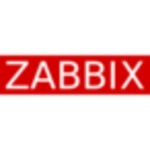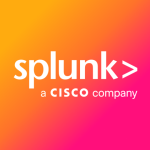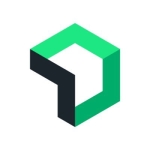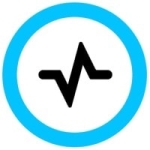Our primary use cases are for APM and digital experience management.
The ability to solve production issues quickly is the most valuable improvement for each of our customers. Also, rolling out and maintaining the solution is more than easy and requires very little effort from the customers. This is unique compared to other vendors.
The most valuable features are the speed of deployment without any changes to the monitored environment, and the very well defined and implemented user interface.
Working with the user interface is a pleasure for any customer since it is fast, responsive, and very well designed.
From the other features, the ability to drill down to the code level is often very valuable when doing an analysis of issues. Also, the integrated AI (assisted machine learning) helps to analyze anomalies without the requirement to define and describe your environment.
As the product is evolving quickly and product features are added on a monthly basis, a more transparent roadmap would be more than welcome.
Also, some parts of the business operations, such as pricing, should be improved since the terms are changing and it is not easy to do estimates.
Three years.















